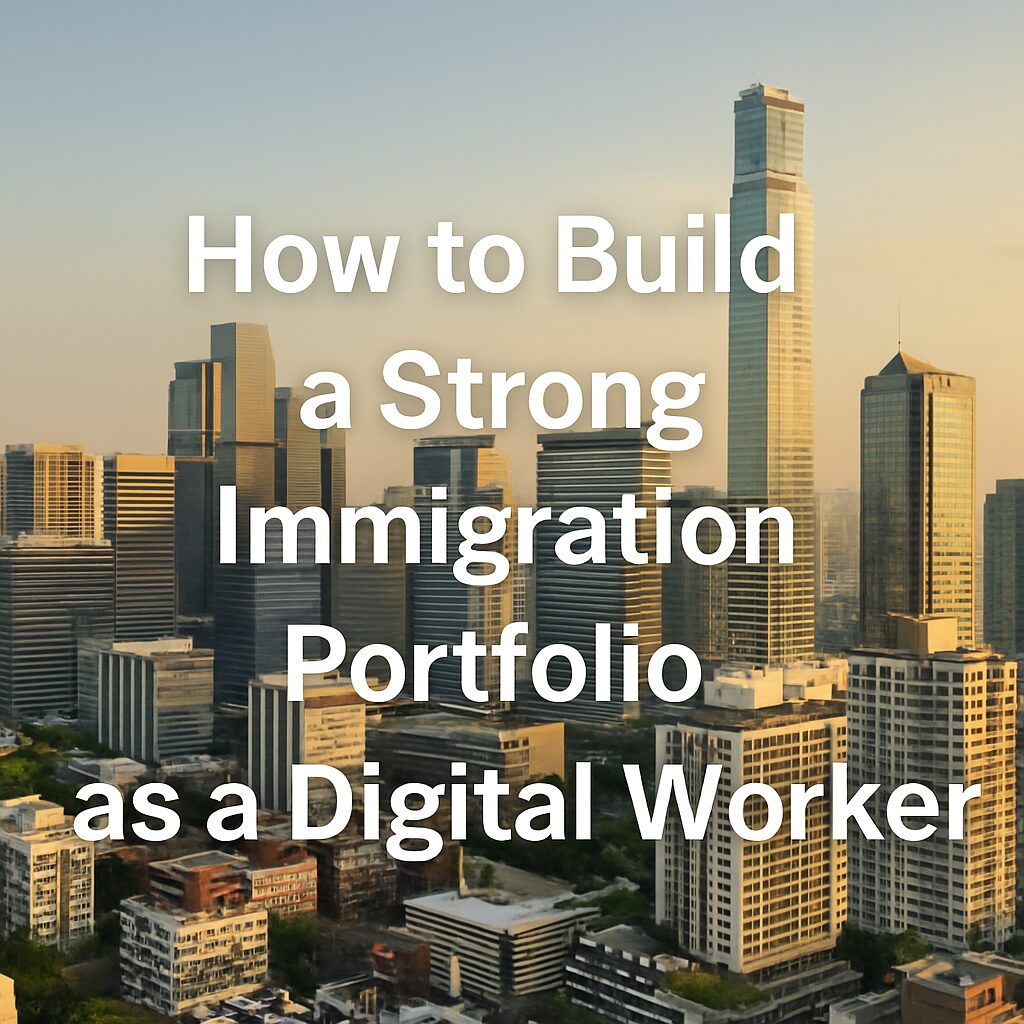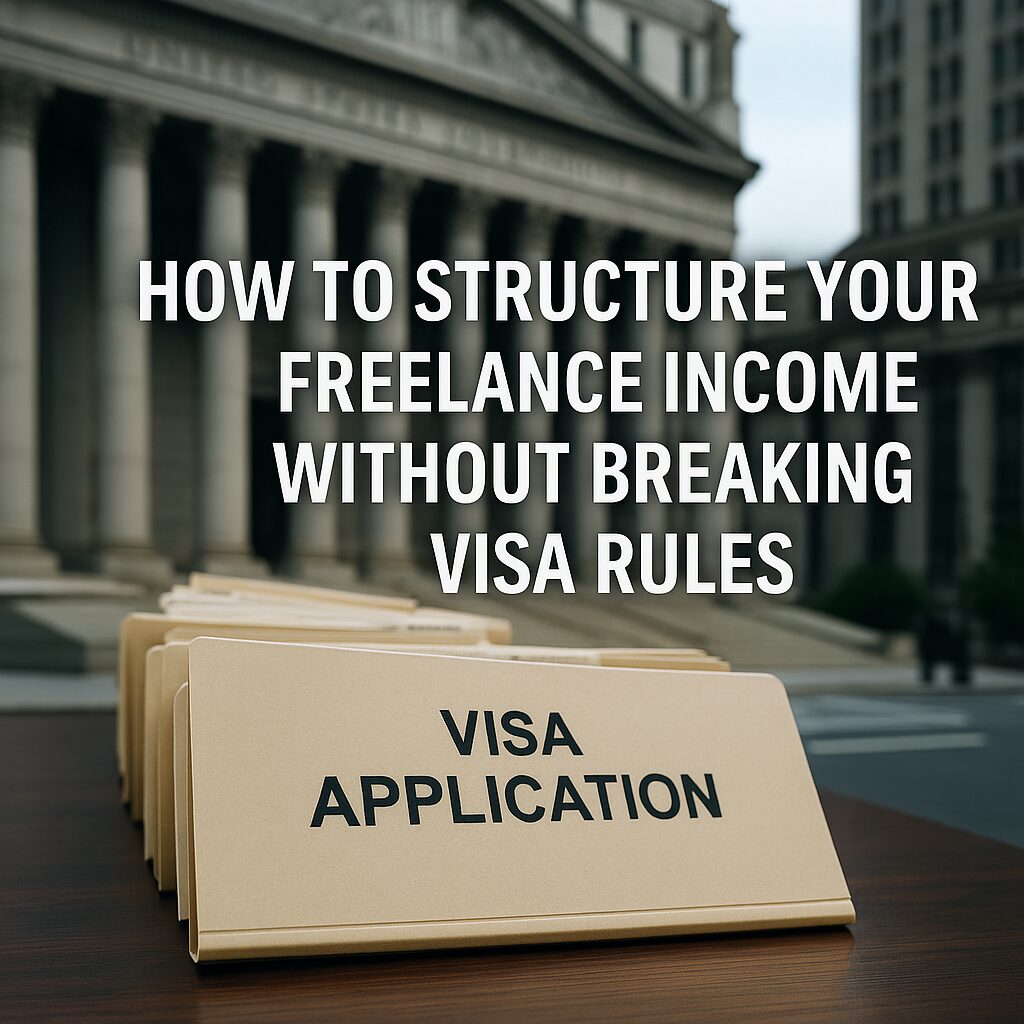For many immigrants and global freelancers, the right freelance niche can do more than just pay the bills—it can actually increase your chances of securing or upgrading your visa. Whether you’re aiming for an O-1, E-2, or EB-2 NIW, aligning your skills with high-demand, high-impact freelance fields can make your immigration journey smoother and more successful.
In this guide, we explore five top freelance niches that not only offer strong income potential but also help you build a strong immigration portfolio.
1. UX/UI Design
Why It Works
UX/UI design is highly in demand across tech startups and major corporations worldwide. As a creative discipline backed by tangible portfolios and measurable impact (such as user engagement or revenue growth), it’s particularly compelling in visa applications like O-1 or EB-2 NIW.
Immigration Edge
- Easy to showcase success via portfolio.
- Globally recognized skills.
- Fits criteria for “extraordinary ability” or “national interest” when done at scale.
How to Stand Out
- Build a strong online portfolio (e.g., Behance, Dribbble).
- Gather user growth metrics tied to your designs.
- Publish UX case studies or articles to establish thought leadership.
2. Digital Marketing (SEO, PPC, Content Strategy)
Why It Works
Digital marketing professionals play a critical role in helping businesses scale. With clear analytics, campaign data, and client testimonials, you can build a powerful track record that supports visa petitions.
Immigration Edge
- ROI and conversion metrics can demonstrate your impact.
- Digital marketers are in demand across industries.
- Enables national-level visibility for clients (relevant for NIW).
How to Stand Out
- Show before-and-after campaign results.
- Contribute to industry publications (Moz, HubSpot, etc).
- Collect client letters highlighting your impact.
3. Technical Writing & Documentation
Why It Works
As tech products grow more complex, there’s high demand for skilled writers who can translate features into clear instructions and onboarding materials. Technical writing supports product adoption and customer satisfaction—key business outcomes.
Immigration Edge
- Writing samples can prove domain expertise.
- Supports mission-critical functions in tech firms.
- In-demand across both startups and enterprises.
How to Stand Out
- Specialize in high-demand sectors (e.g., fintech, healthtech).
- Collaborate with engineers and product managers.
- Publish or contribute to developer documentation on GitHub or product websites.
4. Data Analysis & Business Intelligence
Why It Works
Data is the new oil—and companies need experts to analyze, interpret, and guide decisions based on it. Freelancers in this space often work with tools like Python, SQL, Power BI, or Tableau, making them essential to business growth.
Immigration Edge
- Results are quantifiable (KPIs, growth charts).
- Highly technical and globally valuable.
- Aligns with STEM-focused visa programs.
How to Stand Out
- Showcase dashboards and reports you’ve built.
- Get certified (Google Data Analytics, IBM, etc).
- Present insights at webinars or online forums.
5. Legal & Policy Research (for NGOs and Think Tanks)
Why It Works
Freelancers in this niche assist with global compliance, immigration policy, or social justice initiatives. Their work contributes to shaping policy and improving access to legal frameworks, which is highly regarded in EB-2 NIW applications.
Immigration Edge
- Work often has public or national impact.
- Cited research adds credibility.
- Aligns with national interest or humanitarian arguments.
How to Stand Out
- Partner with international NGOs or advocacy groups.
- Publish white papers or policy briefs.
- Document how your work has shaped legal reforms.
Final Thoughts
Choosing the right freelance niche can serve as a strategic tool in your immigration journey. It’s not just about making money—it’s about building proof of impact, credibility, and global value. Focus on niches where you can produce measurable outcomes, gain visibility, and contribute to meaningful change.
📌 Coming Up Next
“How to Build a Strong Immigration Portfolio as a Digital Worker”
→ Discover how to document your freelance achievements, gather reference letters, and organize your portfolio to strengthen your visa petition.





